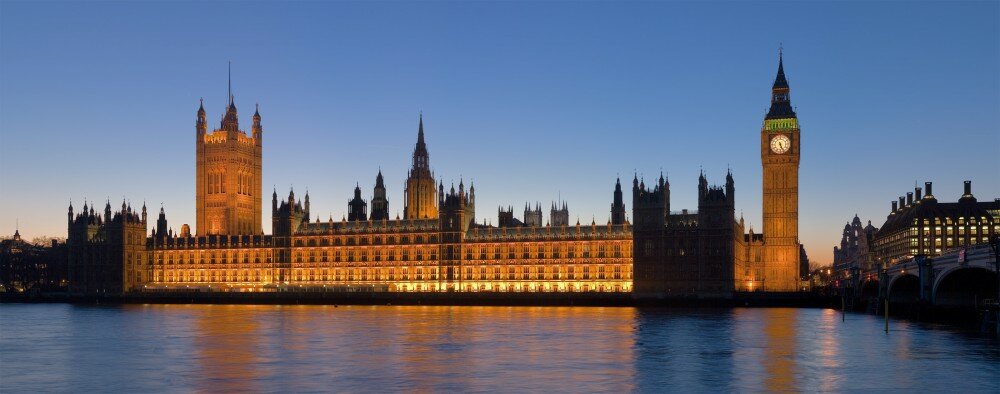As Parliament returns this week, the dilapidated condition of the Palace of Westminster remains a matter of concern. To kick-off a week-long blog series on parliamentary buildings, Crick Centre Chair, Lord David Blunkett, calls for the rebuilding of the Palace to bring Parliament into the 21st century.
When I went into the House of Commons for the first time as a Member of Parliament in 1987, I was struck by the way in which even the most radical of MPs (and I use the term generically and not just confined to the Labour Party), found the allure of the building and its atmosphere almost too much to take.
To use an outdated phrase “grown men almost wept”, talking about the history, the majesty and the pride they felt at being there. It was as though a spell has been cast on them.
Without being clever clever, I have to say that it didn’t do it for me.
Perhaps not being able to see the undoubted majesty of the place, protected me in some degree from the allure that others felt. Perhaps it was because I’d already been in the Palace of Westminster on a number of occasions both as the leader of a major local authority and as a member of the Labour Party’s national executive committee.
Perhaps, and this is more likely, because I found the whole place deeply frustrating. Frustrating because I came to do a job of work not to be overwhelmed by the cultural history or the majesty of those who come before. I wasn’t enamoured by where someone had sat in the chamber, or who would walked the corridors or stood next to each other in the gents loo.
This was supposed to be a working environment but instead it was a cross between a public school and a museum.
So what has this to do with the issues of the moment in relation to the restoration and renewal of the Palace of Westminster? Quite simply, this is either an opportunity to change the workings, to modernise the practices and to bring our Parliament into the 21st century, or it will dissolve into just another large-scale infrastructure programme, retaining the past but not modernising for the future.
It is perfectly possible to retain the external architectural merits, to retain some of the historic pomp and at the same time to create a modern working environment where a feeling of reform rather than reverence is built into the building itself.
It is not stretching a point to say that the backward looking nostalgia so evident in the debate over Brexit, is exactly what exudes from every nook and cranny of the Palace of Westminster. Backward looking, nostalgic for a bygone era, and reverent to those who came before.
And, what is worse, very many young people of all parties coming into the Palace of Westminster seem to be absorbed, sucked in, to be enamoured by the institution rather than the potential to create a tool for genuine change and progress.
The present Speaker of the House of Commons John Bercow and has done a great deal to open up the Palace of Westminster, including to charitable organisations and to young people, including the Youth Parliament. His desire to see the place shaken up and to modernise the conduct within the chamber has often been criticised wrongly, given that the one thing that our Parliament needs is to come into the world of today, and to equip itself for saving our democracy at a time when it is never been in greater danger.
In other words, to try and ensure that the Palace of Westminster plays its part in the renewal and restoration of democratic participation, engagement with political processes and an understanding that extra parliamentary involvement is a major and essential plus in making democracy work. But that it can only really bring about change if the institutions of formal political decision taking, are connected with it. If therefore they are equipped to be able to relate to it, and to fulfil the expectations of a society. Where deference is gone, institutions and elites are under attack and where scepticism bordering on cynicism, is in danger of pulling down the superstructure.
Now, there is a thought!
Biography
Lord David Blunkett is Professor of Politics in Practice at the Sir Bernard Crick Centre, Department of Politics, University of Sheffield.
Notes: This article gives the views of the author, and not the position of the Crick Centre, or the Understanding Politics blog series.
The post The Allure of the Palace of Westminster is More Than Even a Radical Spirit Can Take appeared first on Crick Centre.


